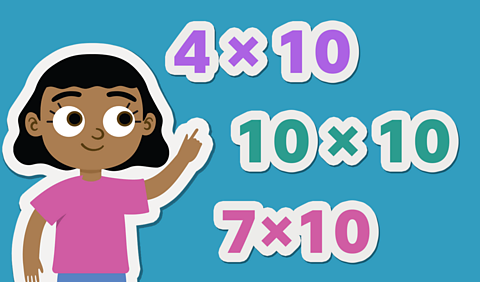Linking repeated addition and multiplication
Here are five flower pots.
There are two flowers in each pot.

There are five twos.
2 + 2 + 2 + 2 + 2
This is called repeated addition. You add the same number lots of times.
This can also be written as a multiplication calculation.
There are five equal groups of two.
5 × 2
Multiplication is a way of adding the same number over and over again.
Activity: What is multiplication?
Complete this interactive activity to understand what multiplications are. Then put your knowledge to the test.
Adding or multiplying equal groups
When objects are placed in equal groups, it helps us to add or multiply them.
Look at these cakes. They have been arranged into five groups with three cakes in each group.
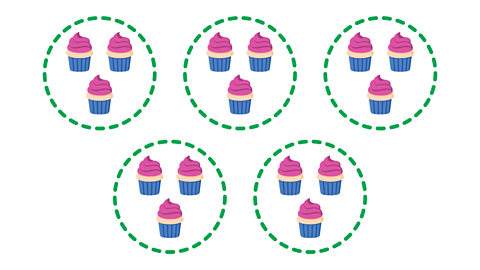
There are the same number of cakes in each group, which means the groups are equal.
It can be written as a repeated addition calculation:
3 + 3 + 3 + 3 + 3
It can also be written as this multiplication calculation:
5 × 3
The five represents the number of groups and the three represents the number of cakes in each group.
Example 1
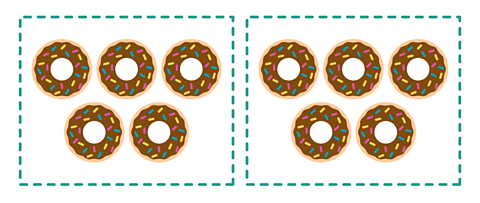
These doughnuts have been arranged into equal groups.
What are the multiplication and repeated addition calculations for this picture?
✓ The calculations are 5 + 5 and 2 × 5.
There are two groups and there are five doughnuts in each group.
The groups are equal.

Example 2
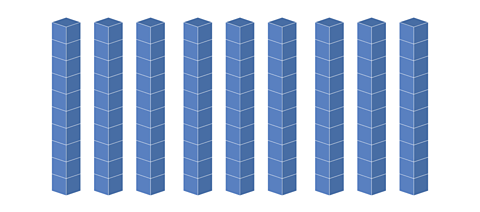
What are the multiplication and repeated addition calculations for this picture?
✓ The calculations are 10 + 10 + 10 + 10 + 10 + 10 + 10 + 10 + 10 and 9 × 10.
9 represents the number of groups. 10 is the number in each group.
The sum (or total) is 90. Nine tens is equal to 90.
There are nine equal groups and there are ten in each group.
So there are nine groups of ten.

Example 3
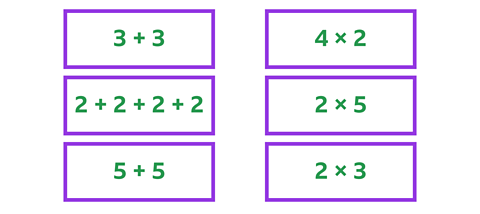
Match up the repeated addition and multiplication calculations which have the same answer.
✓ You can write 3 + 3 as 2 × 3
There are 2 groups of 3.
You can write 2 + 2 + 2 + 2 as 4 × 2
There are 4 groups of 2.
You can write 5 + 5 as 2 × 5
There are 2 groups of 5.
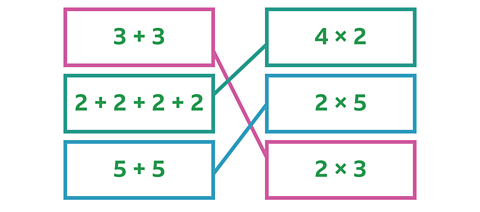
More on Multiplying and dividing
Find out more by working through a topic
- count5 of 7
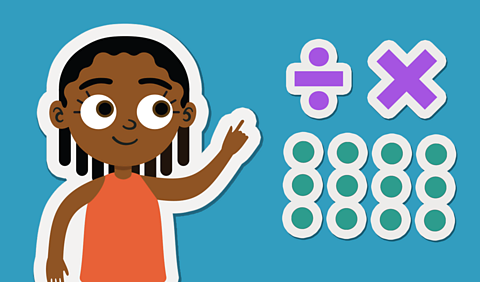
- count6 of 7

- count7 of 7
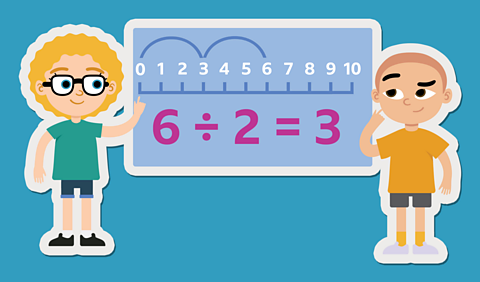
- count1 of 7
